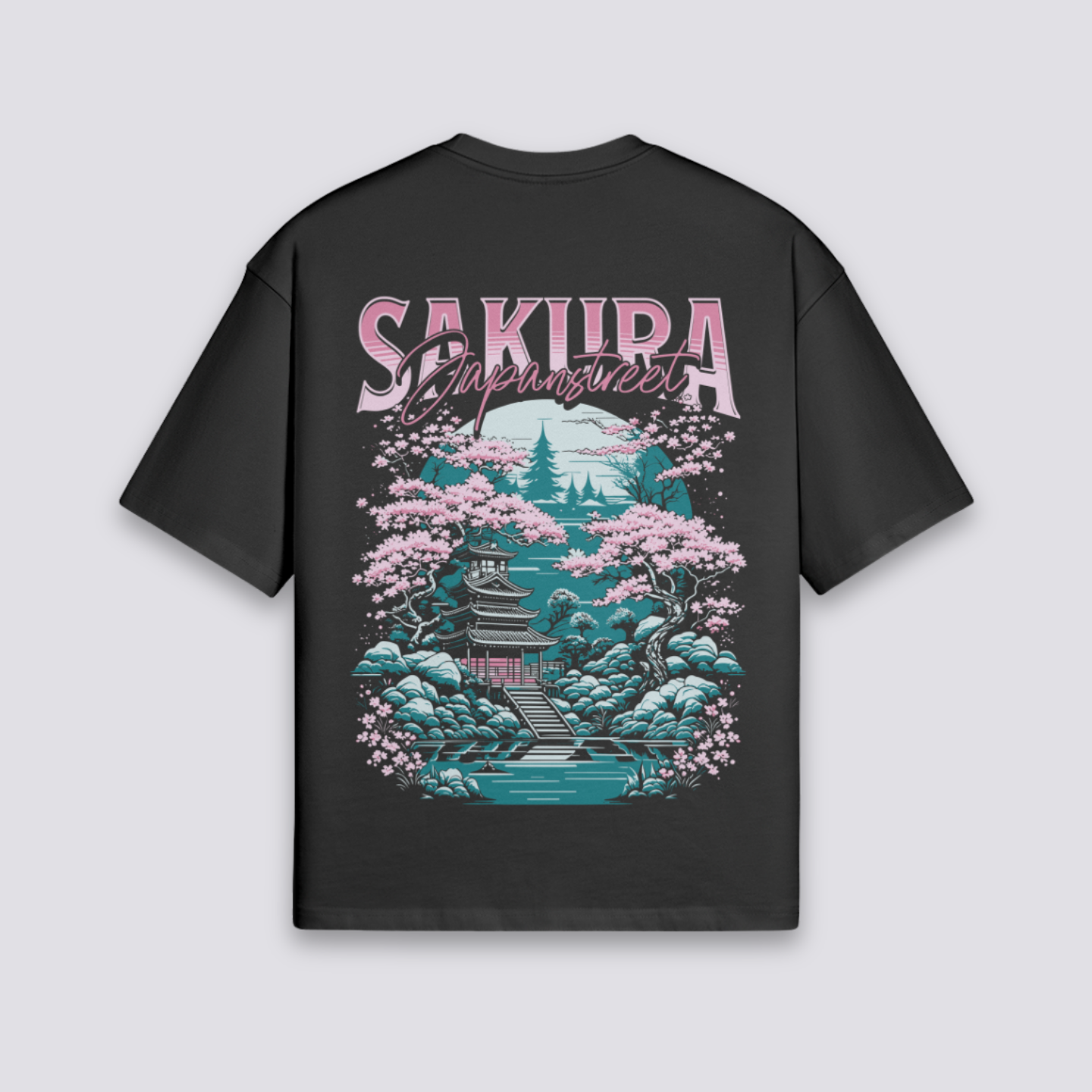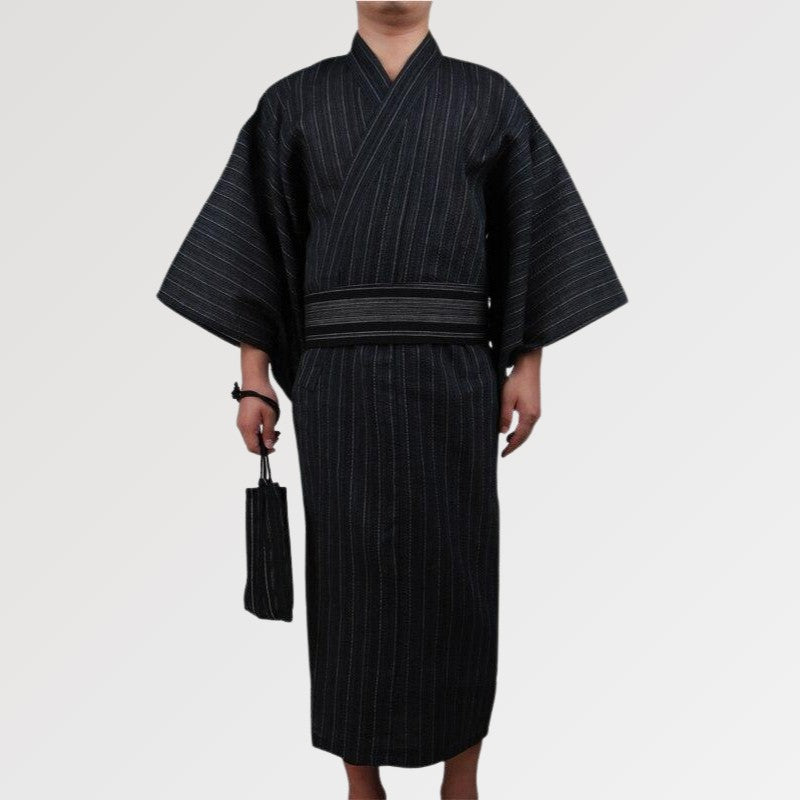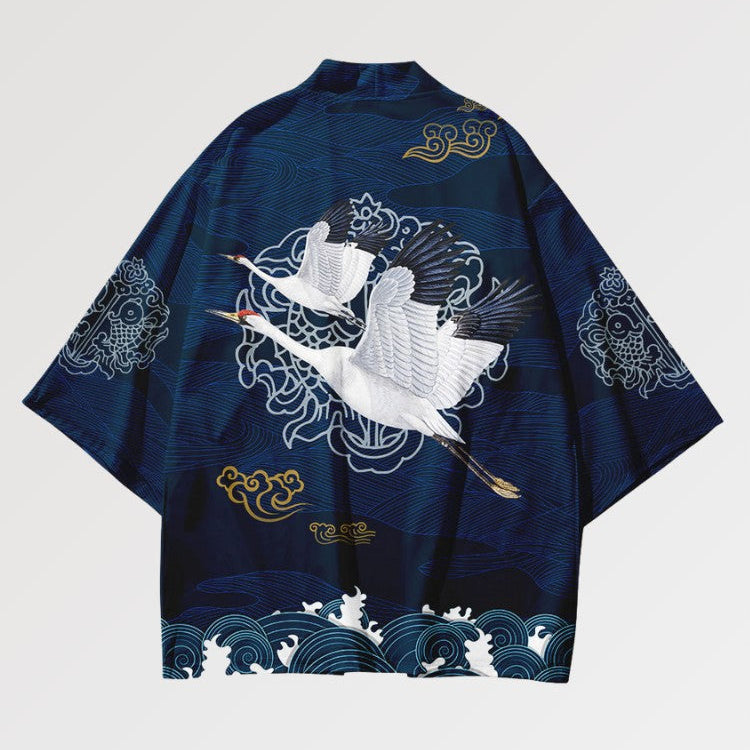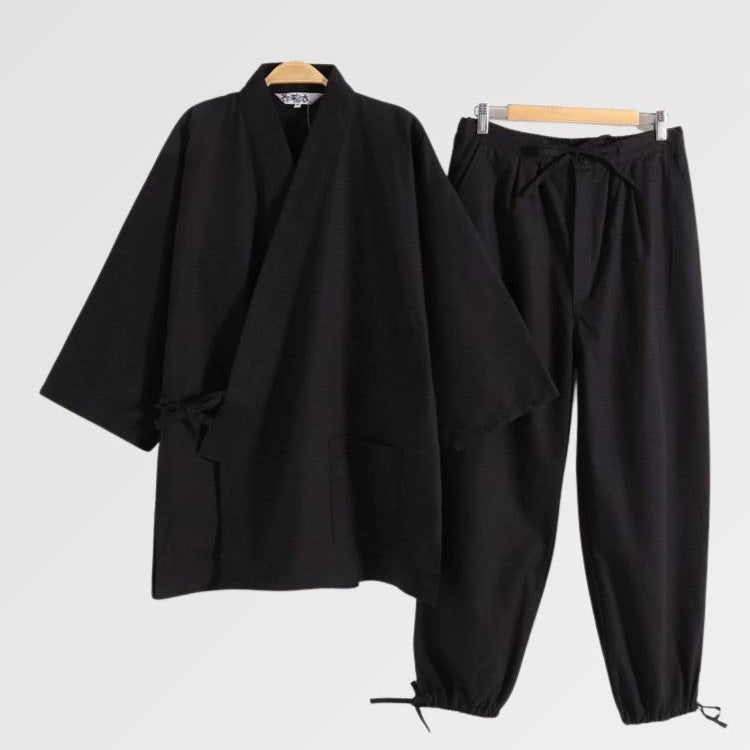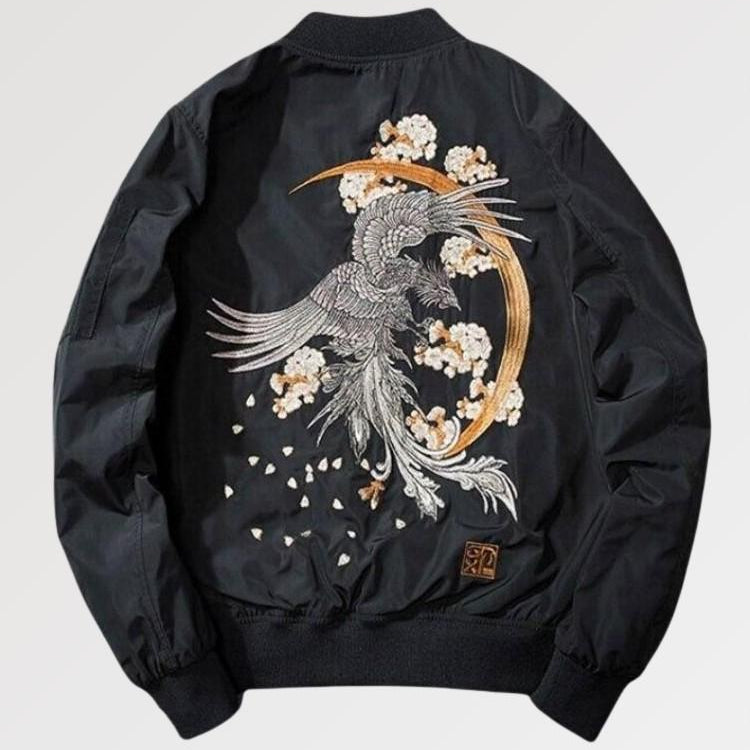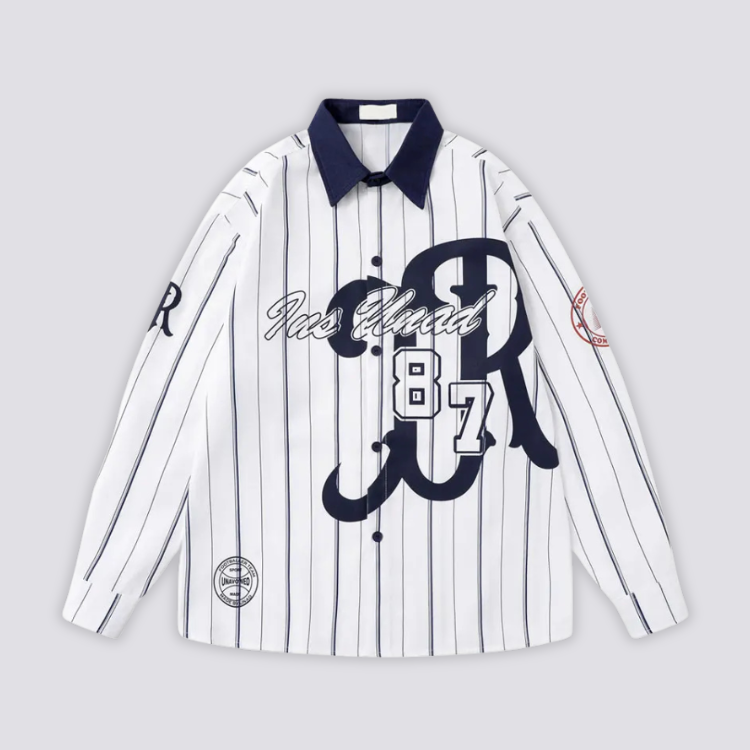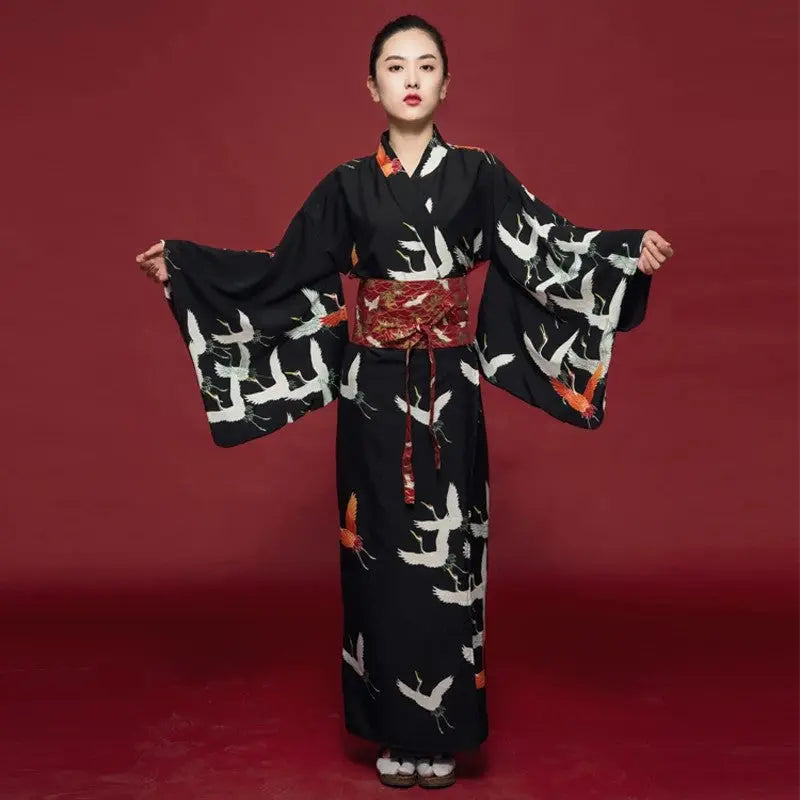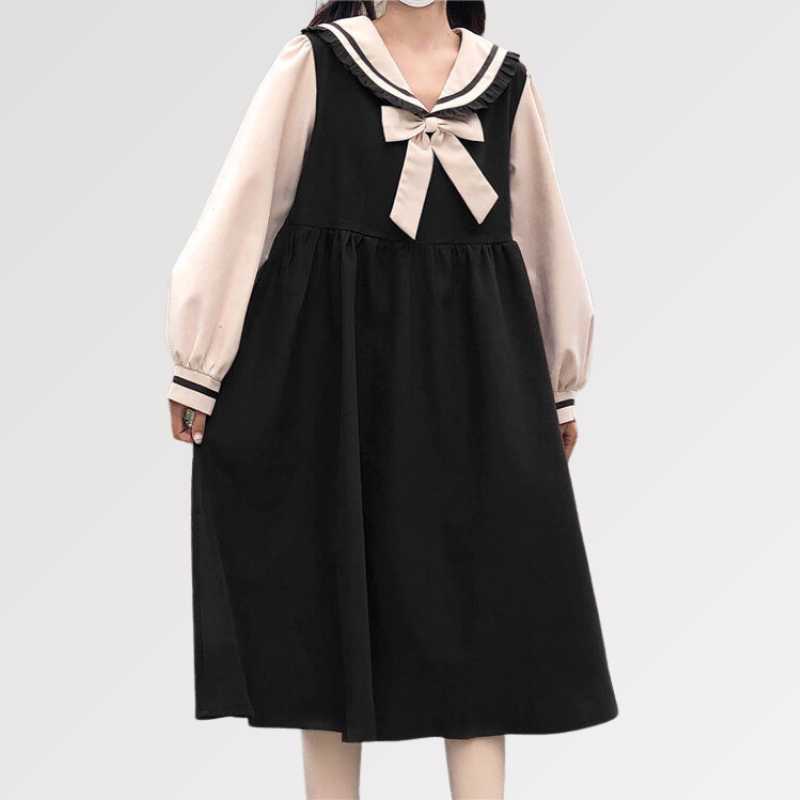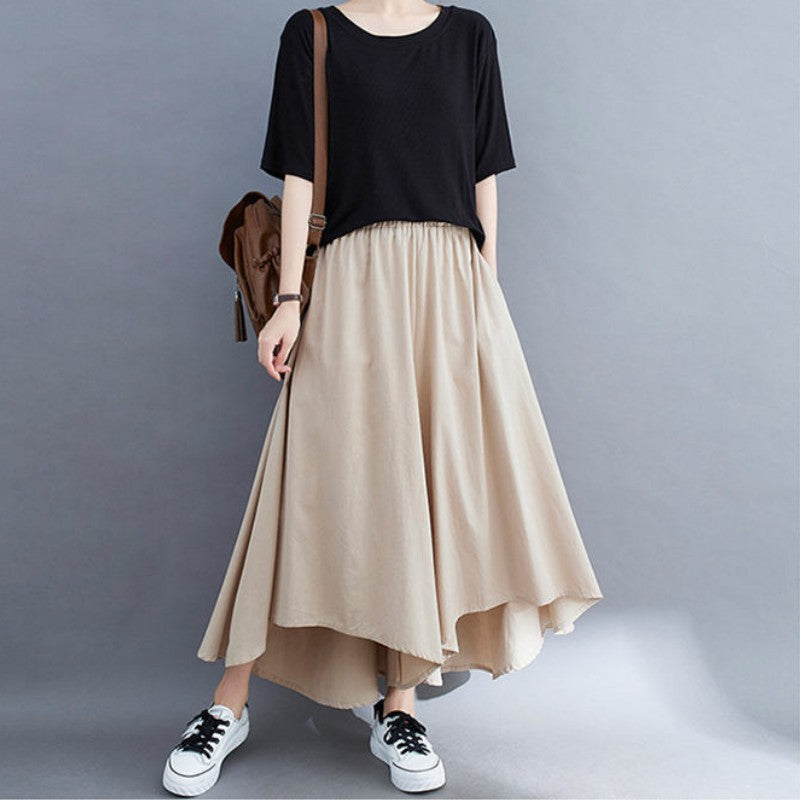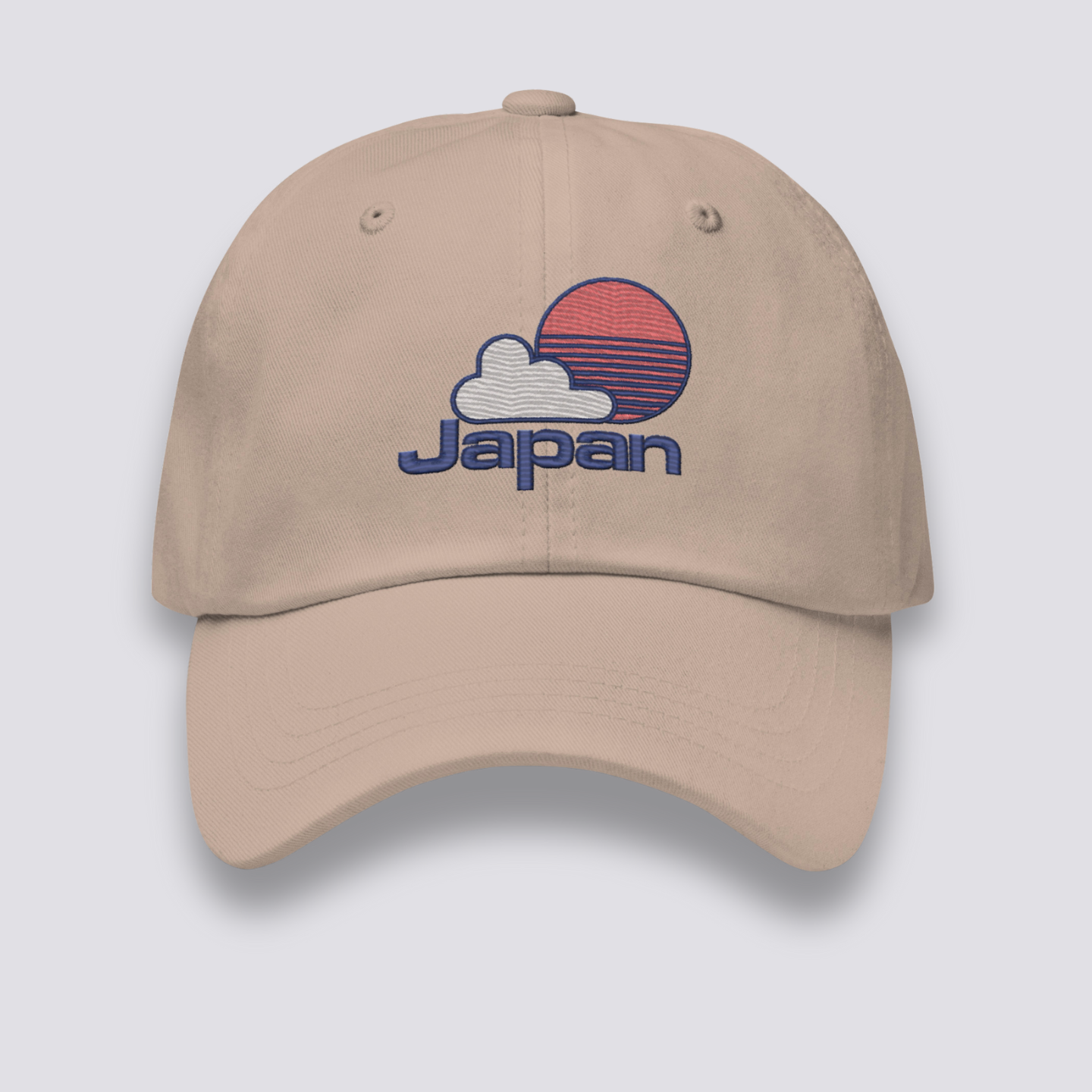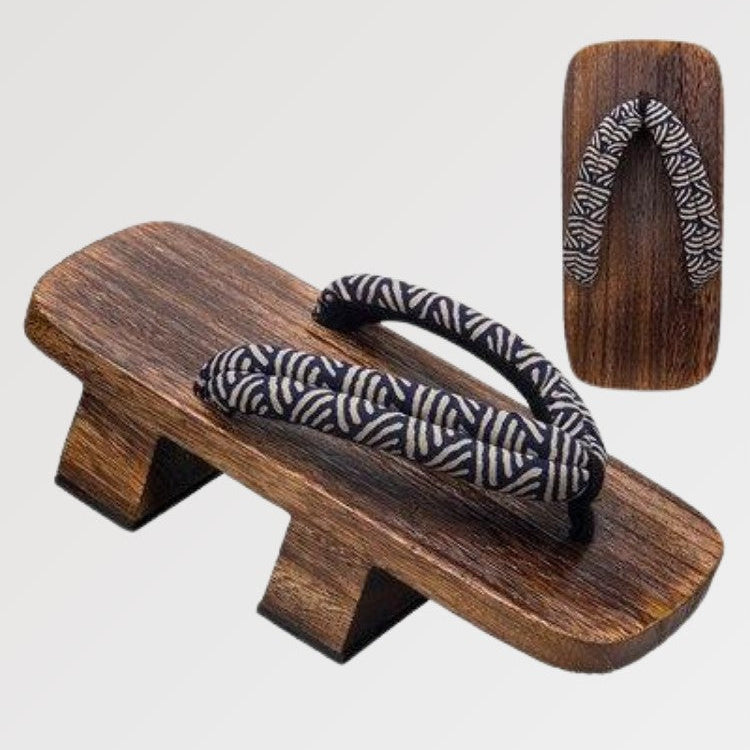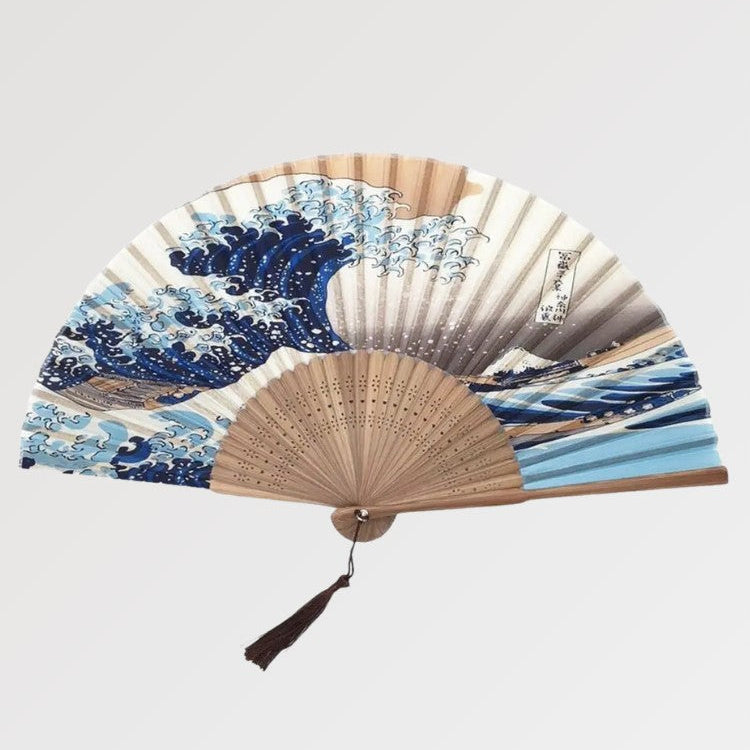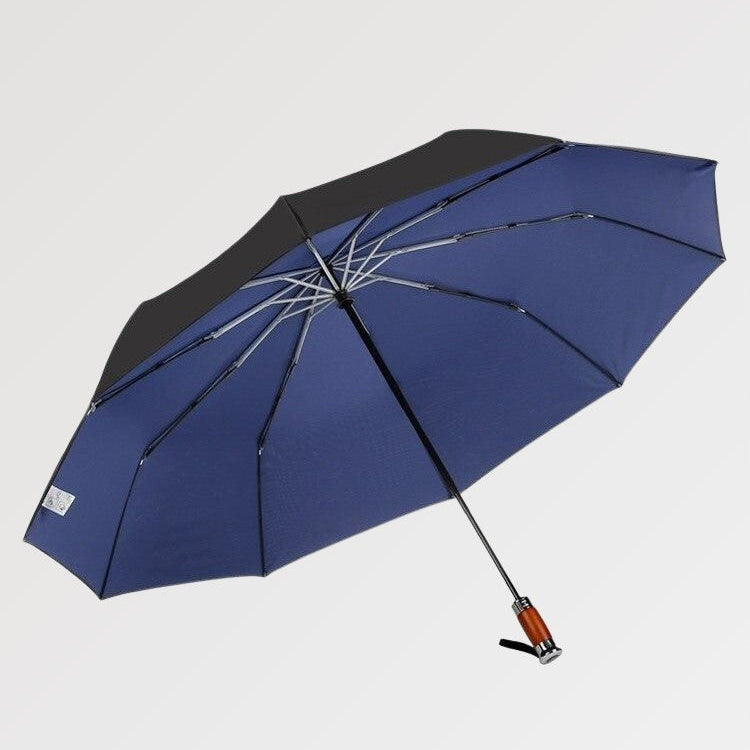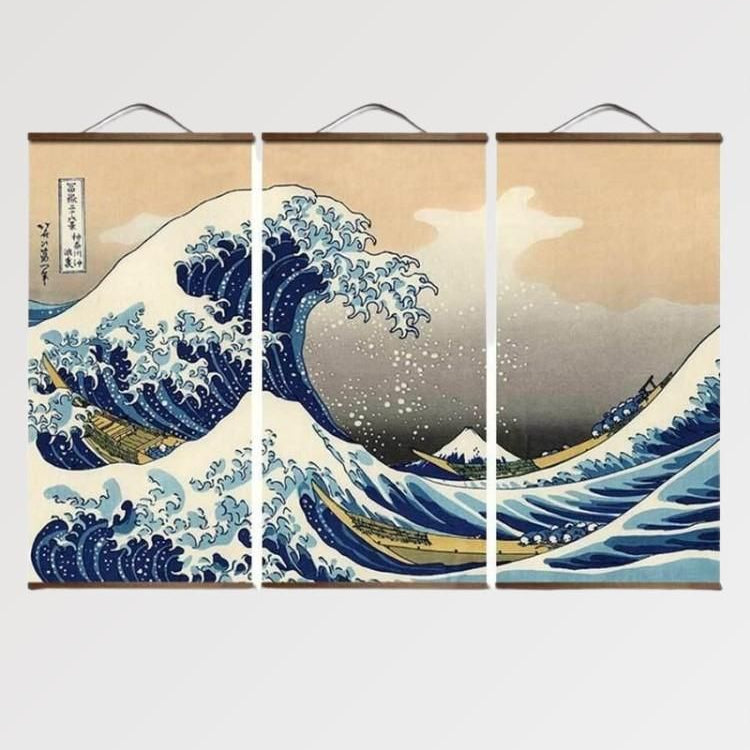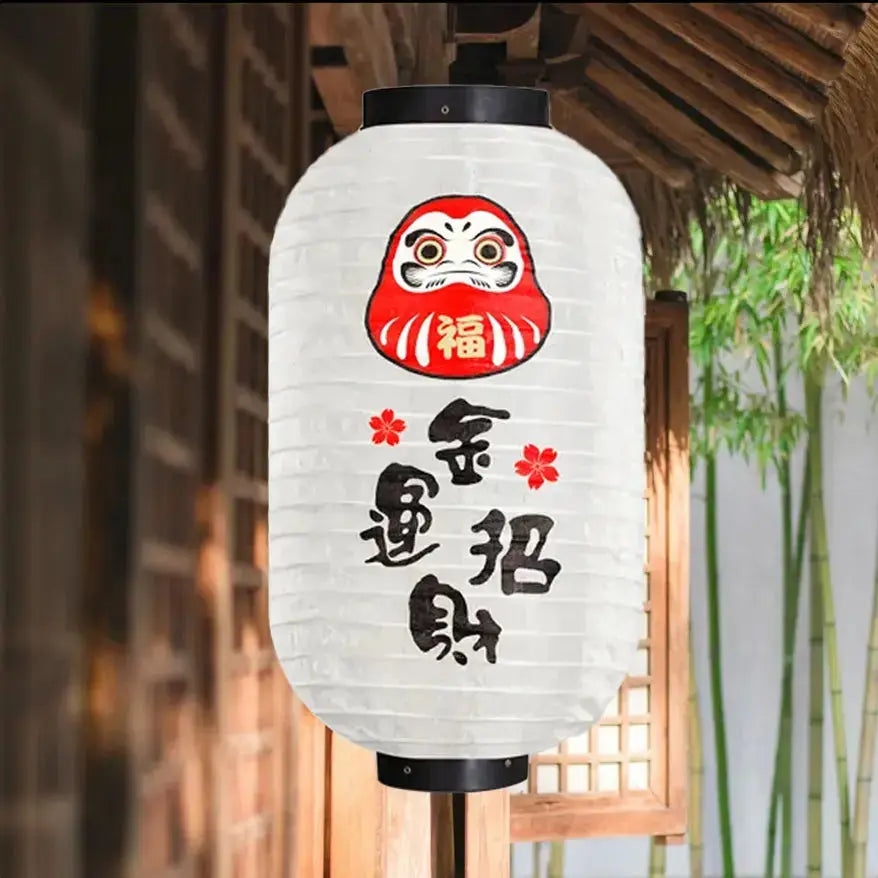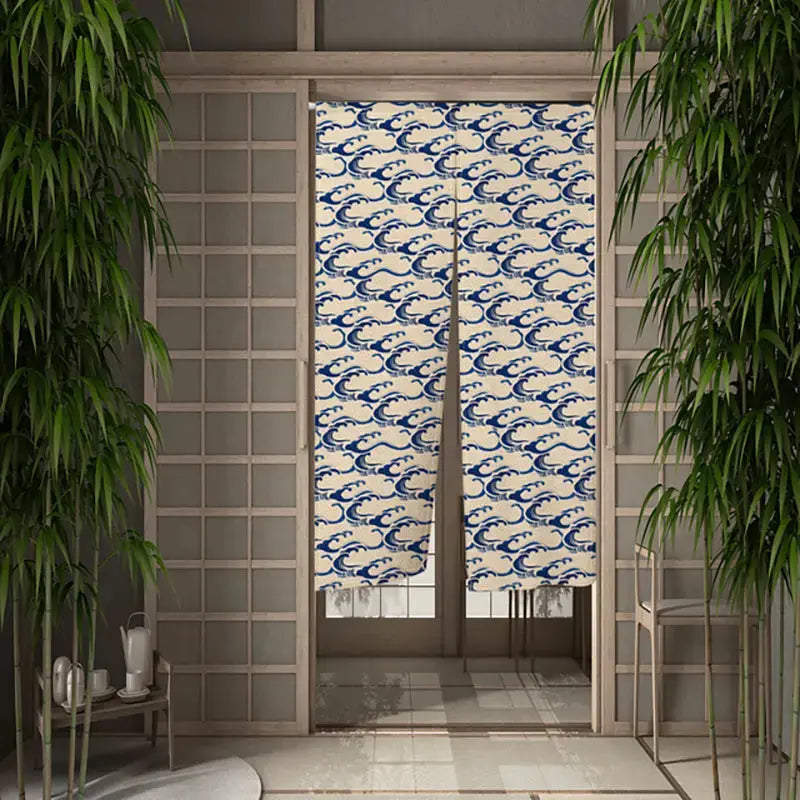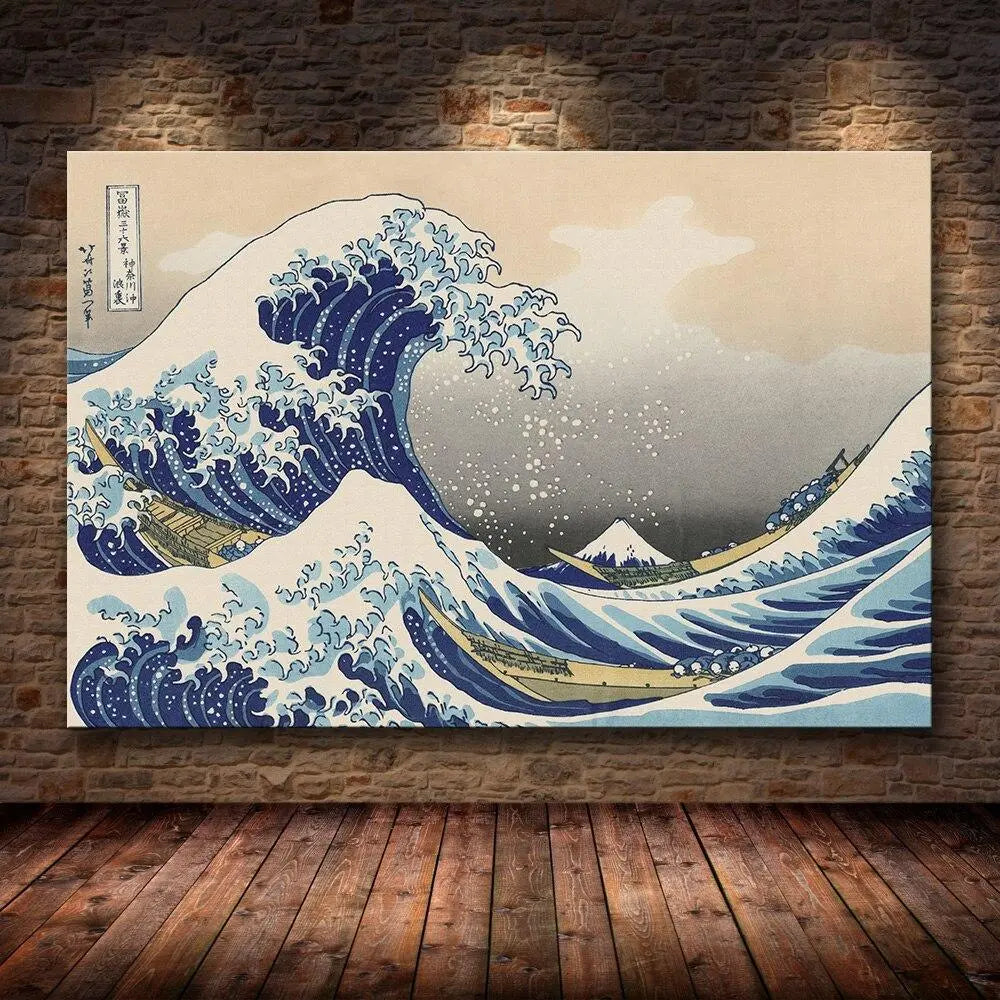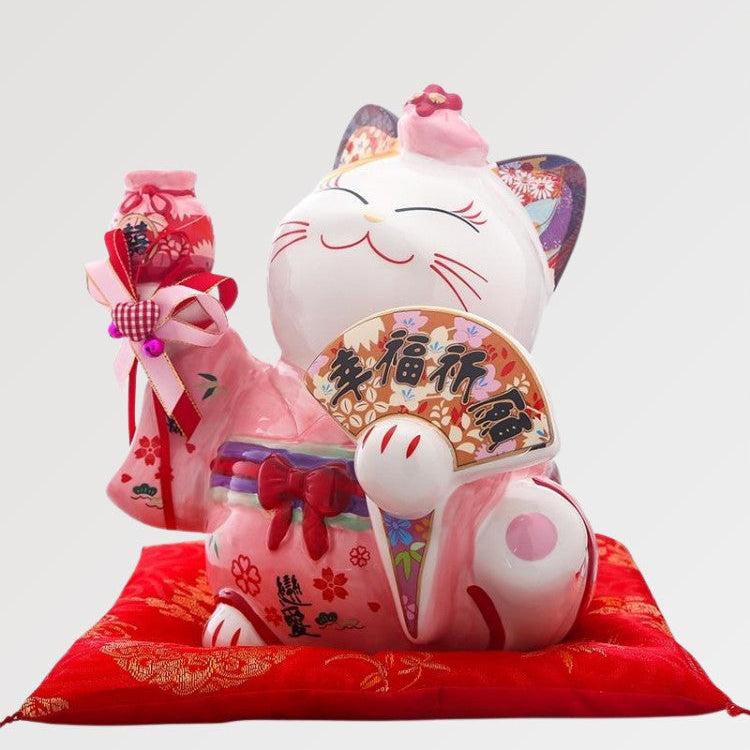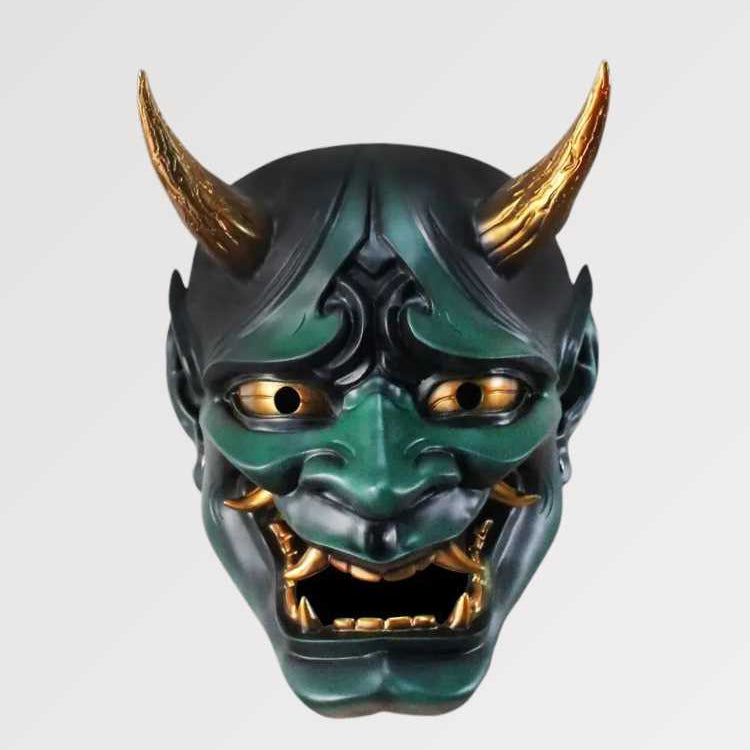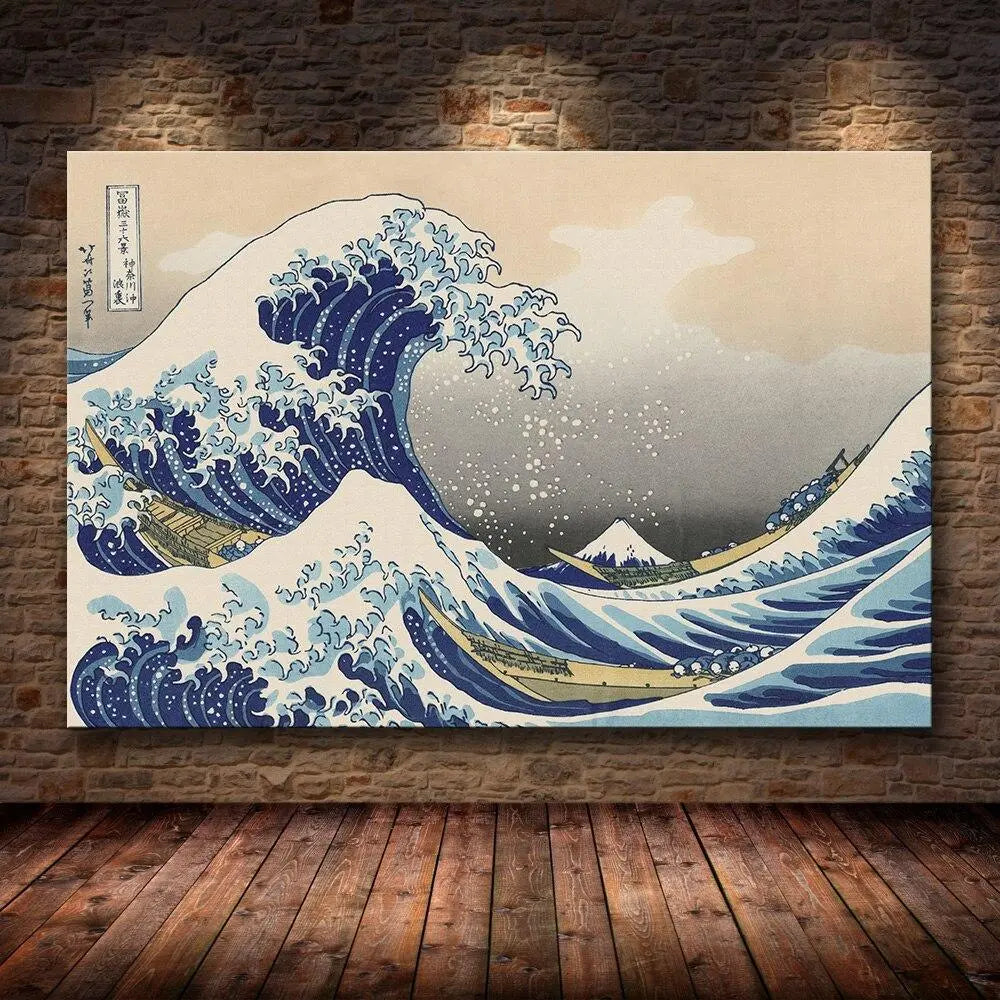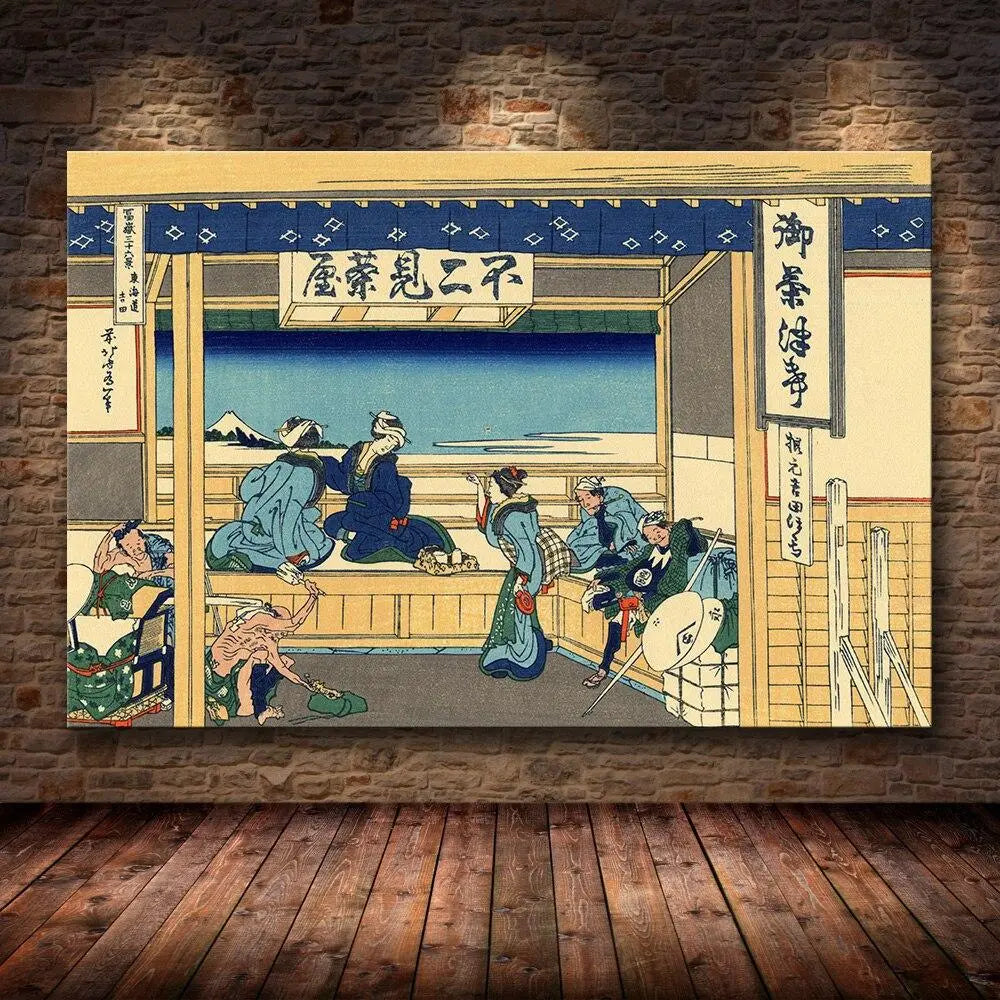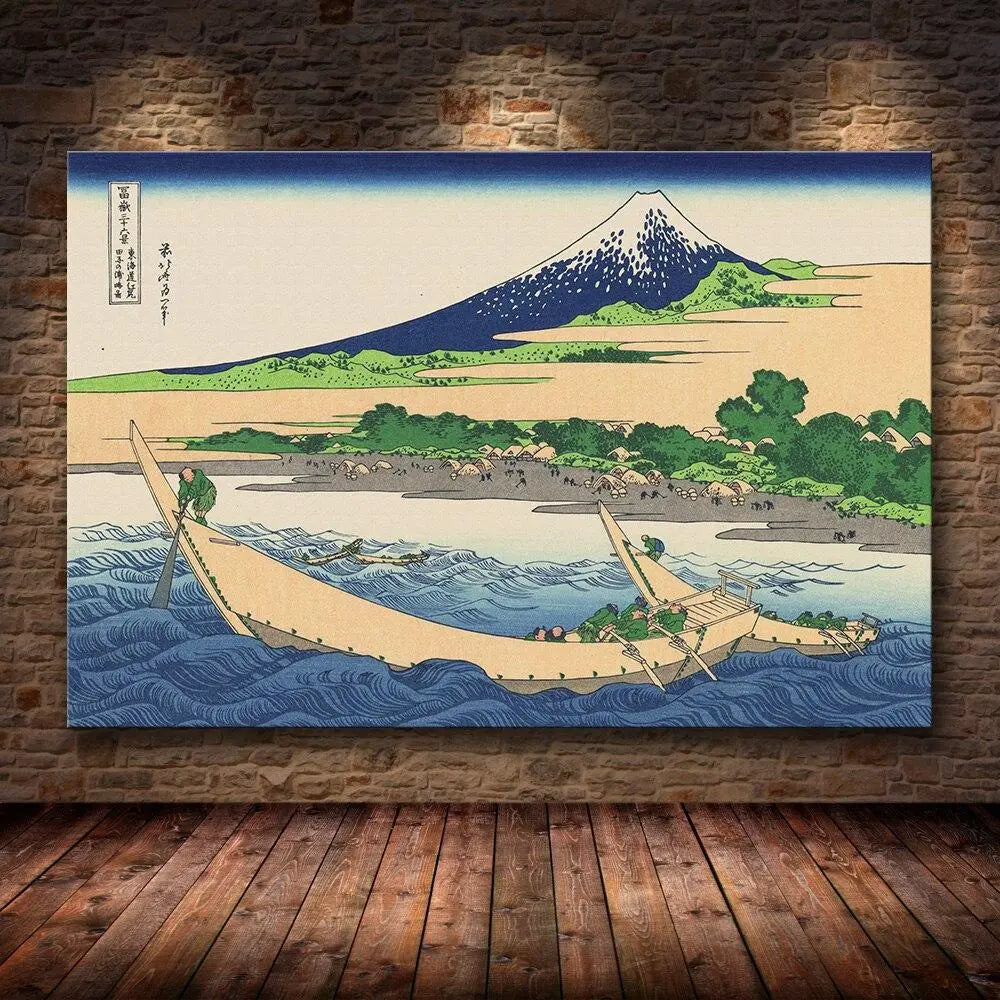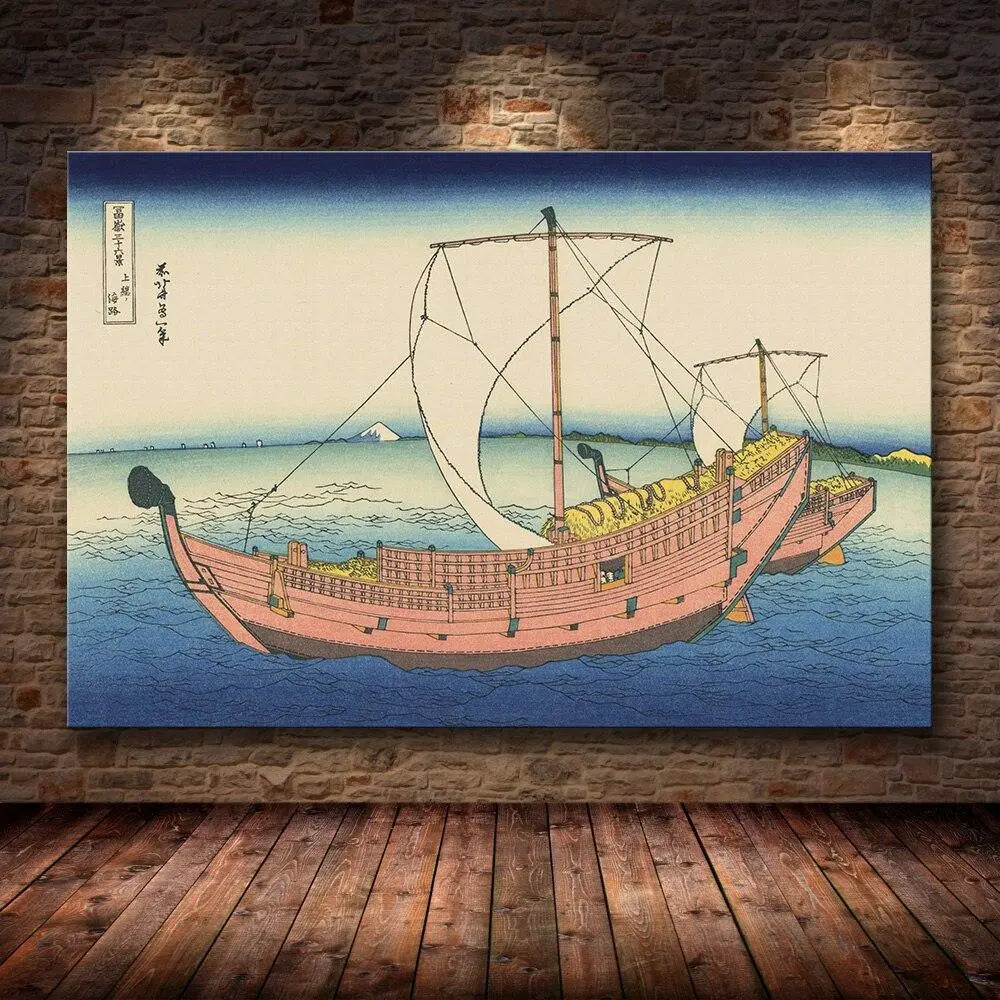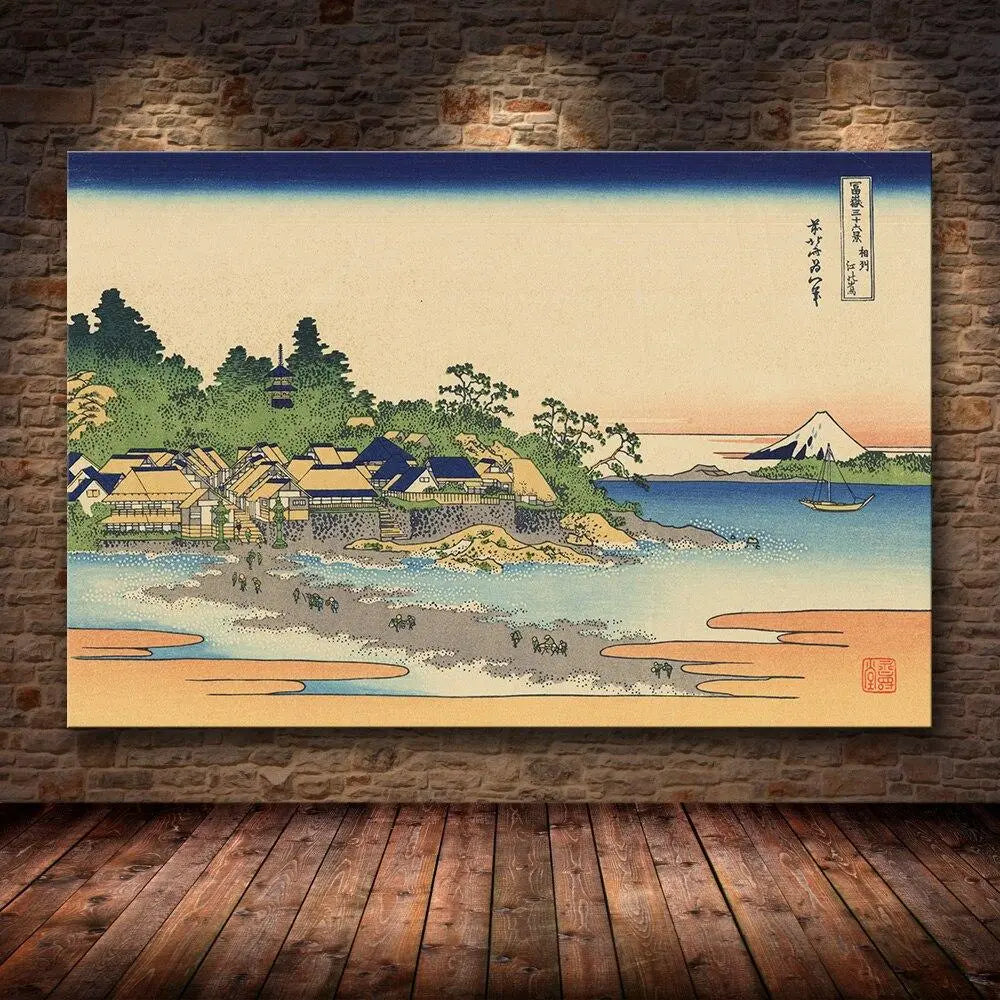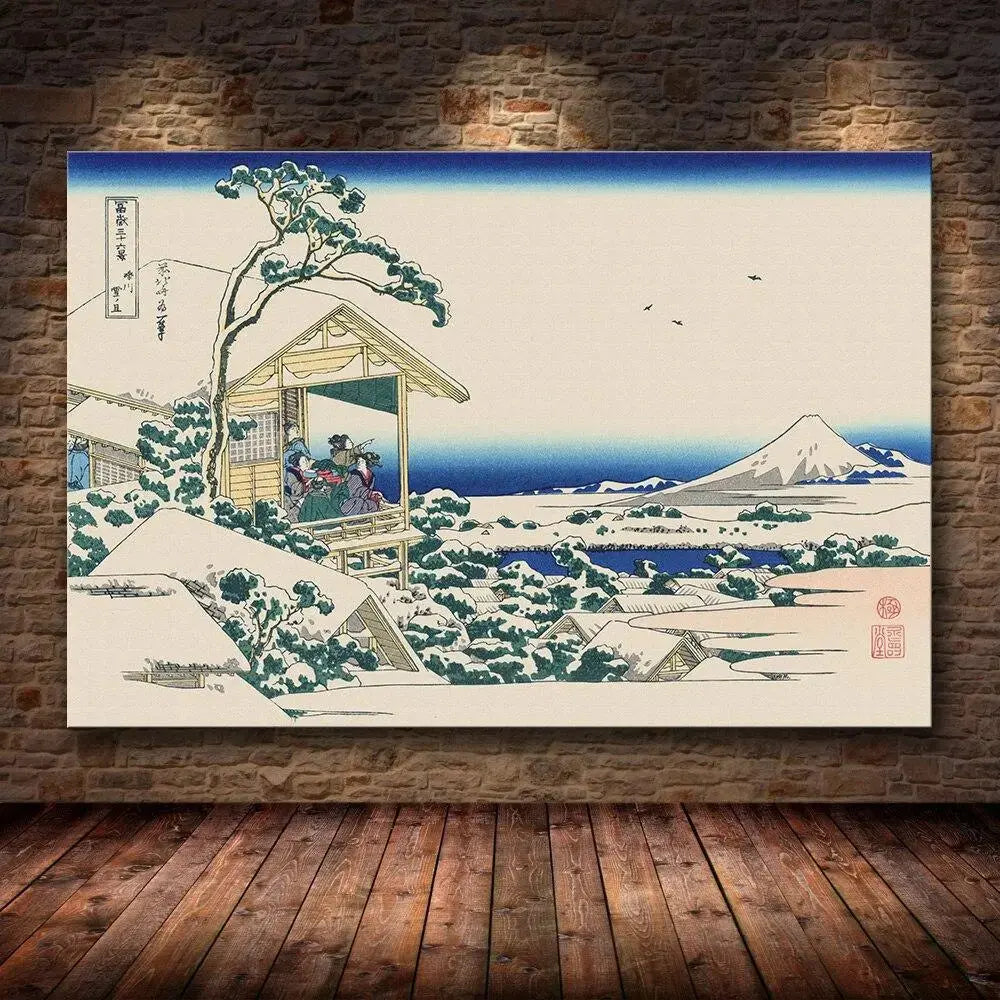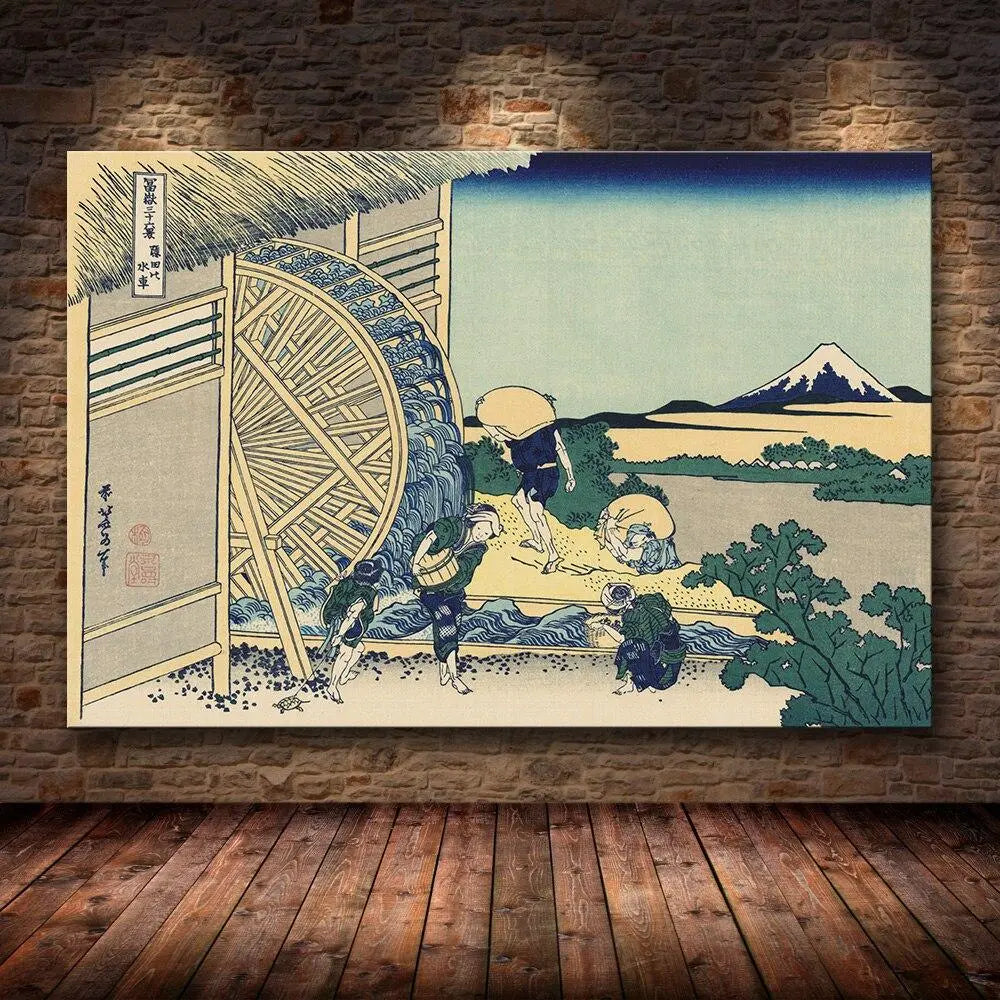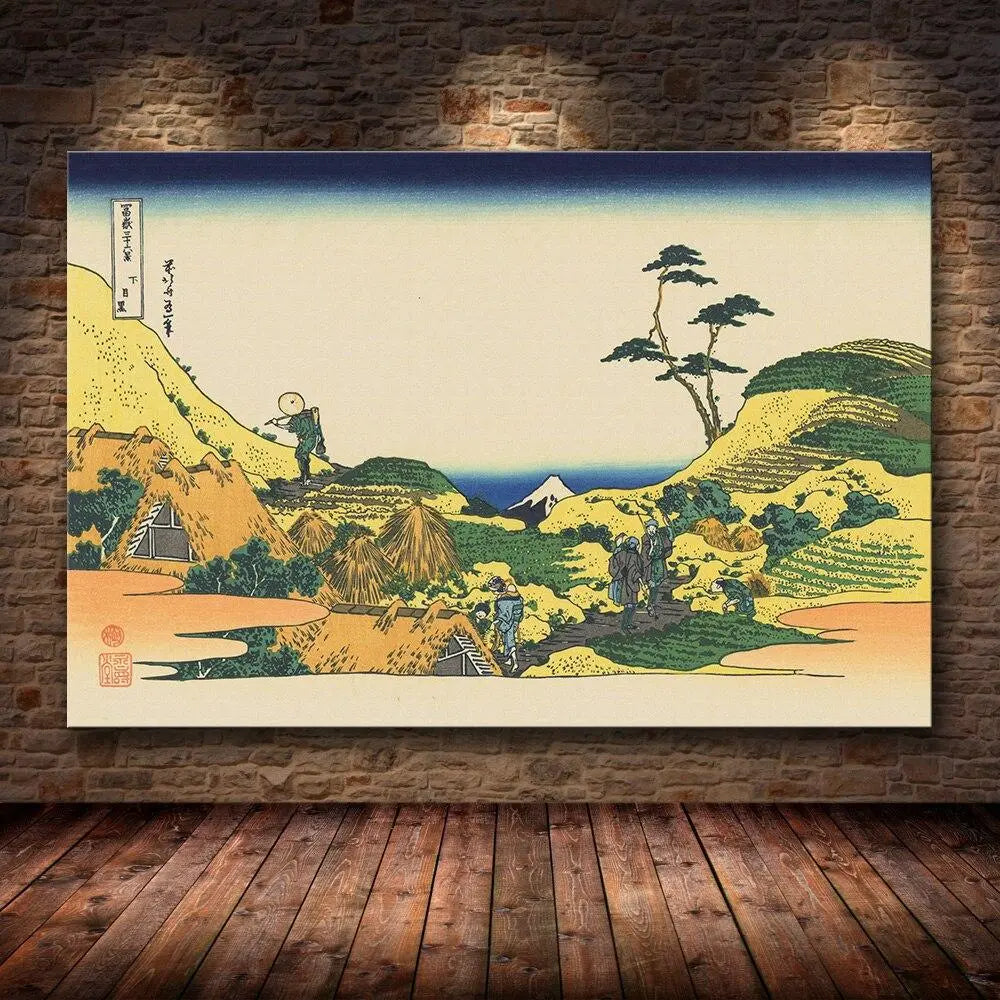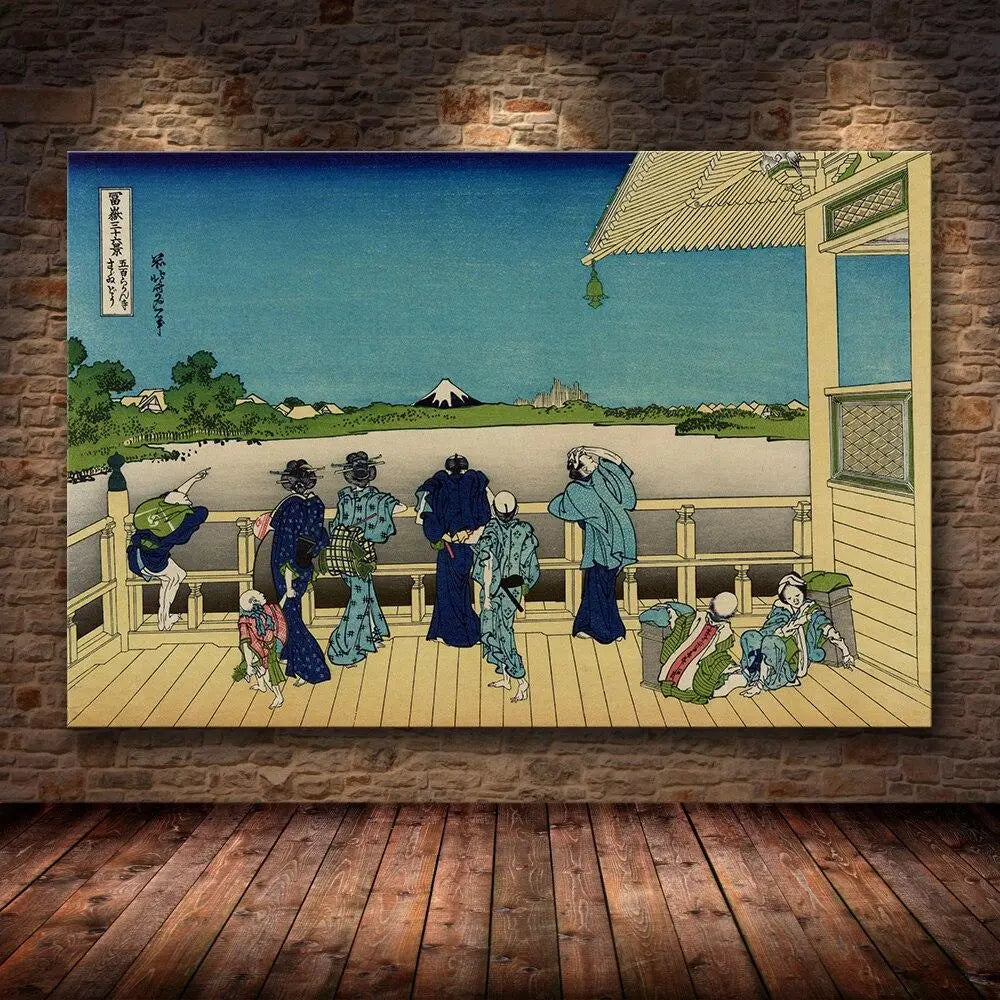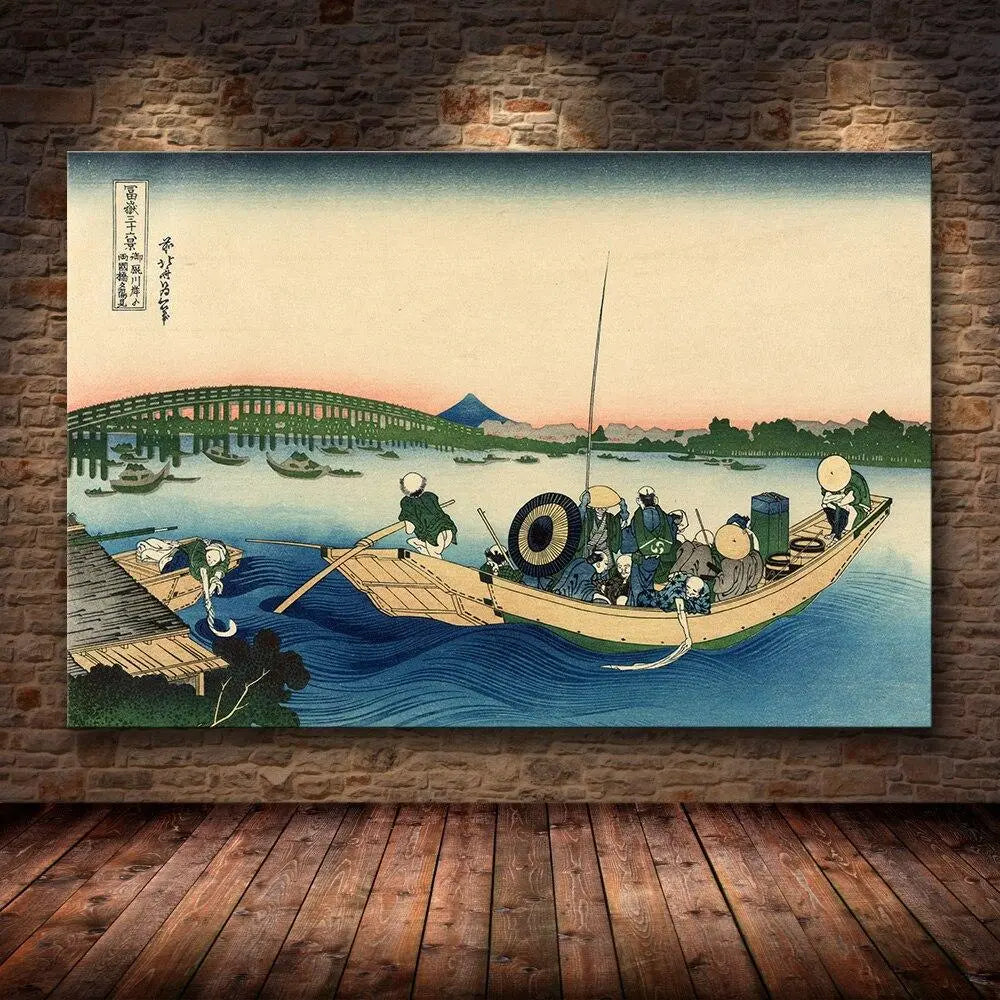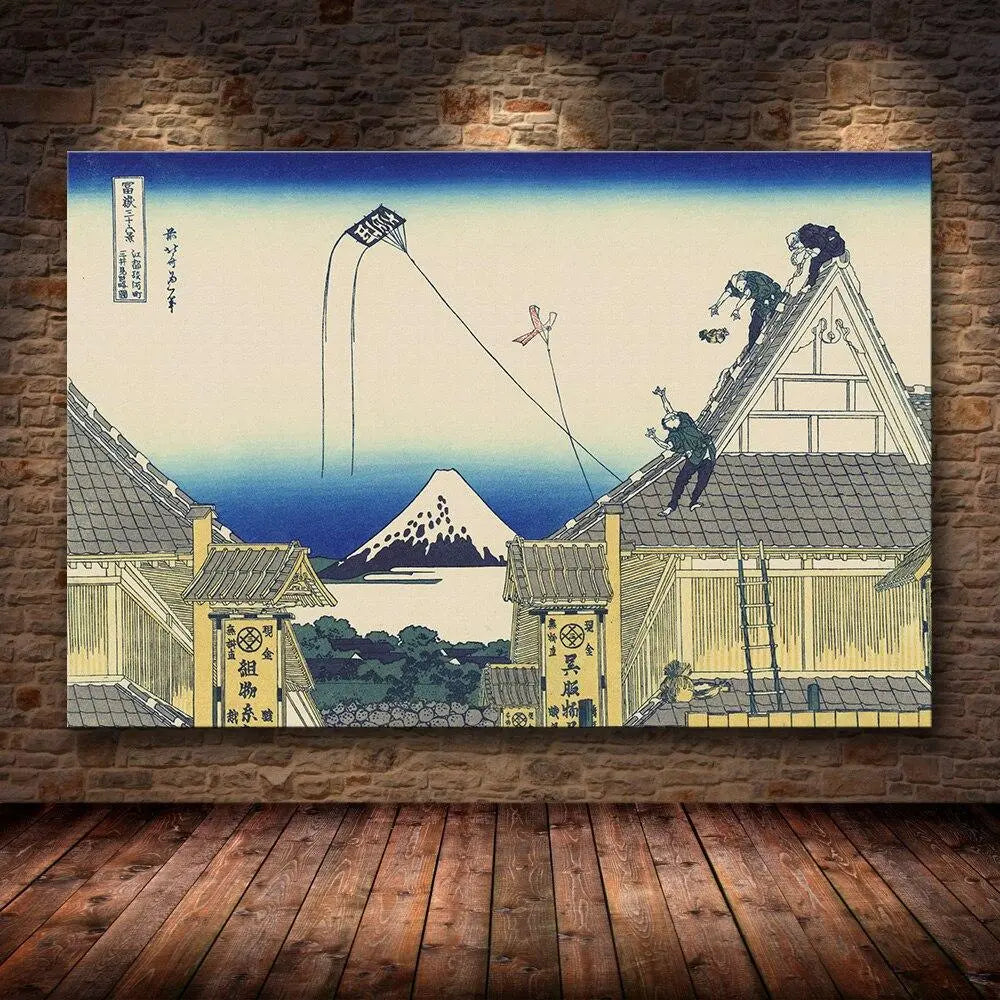Browse our large collection of Japanese Prints, get your favorite and make your home a real antique museum of the Edo era.
Japanese Prints in the West
Japanese prints only started to be known in France in the last third of the 19th century. The World Fairs, notably those of Paris in 1867 and 1878, contributed to reveal them to the public. The artists were immediately struck by their merits. Amateurs began to search for them, and thus began to form these beautiful private or public collections, such as that of the Guimet Museum in Paris.
A sort of reversal of values occurred in the appreciation of Japanese prints by critics and art historians. At first, they were struck by the qualities that, at the time of their discovery in the West, were most admired in an artist: faithfulness in the observation and artistic expression of nature. From this point of view, the supple and vigorous realism of Hokusai seemed the most accomplished expression of Japanese Art.
Japanese engraving, art in the ancient times
A print is an image created by printing with an engraved plate. Japanese prints are the result of the meeting of this art and an artistic movement of Buddhist inspiration, called "Images of the Floating World". The era of authentic Japanese prints extends from the 17th century, when this art is democratized, until the end of the 19th century (Meiji era), when the appearance in Japan of new techniques of engraving, at the same time as the influence of Western Art, divert talented artists towards other horizons.
Techniques of realization of the Japanese printmaking
Japanese prints are made from woodcuts. It is important to note that the artists to whom we owe these antique silhouettes did not engrave their works themselves. They executed their brush drawings with India ink on thin transparent paper and then delivered them to skilled engravers. In principle, the technique of the latter was very simple: they worked on blocks of Cherry or Boxwood, which, unlike the Western way, were sawn in the direction of the length of the wood.
On this wood, they turned over the face of the block, then glued the drawing executed on transparent paper, using knives and gouges, they cut the wood so as to leave the lines in relief. Once this work was completed, they proceeded with the printing. After having filled their board with Indian ink, by hand or with a rubbing tool, they applied a sheet of moistened paper, on which the drawing was reproduced.
The History of Japanese engraving
Compared to the other arts that flourished in Japan, and especially to Painting, the art of Printmaking is a recent art. It only really began to exist at the end of the 17th century. It is not that the material processes of wood engraving, borrowed from China, did not exist for a very long time since the 8th century, one engraved on wood calligraphic characters later, towards the 14th century, one printed in black, for the needs of the Buddhist cult, images of piety.
Then, in the sixteenth and seventeenth centuries, illustrated books appeared, where the figures and the text were engraved on the same block, but it was at the end of the seventeenth century, around 1760, that the first Separate Prints appeared. Compared to painting, an essentially Aristocratic and Traditionalist art, the art of printmaking is popular: it is the ukiyo-ye (ukiyo-e) or Painting of the Floating World (or of the Contemporary World - transitory, vain) it represents the everyday life.
